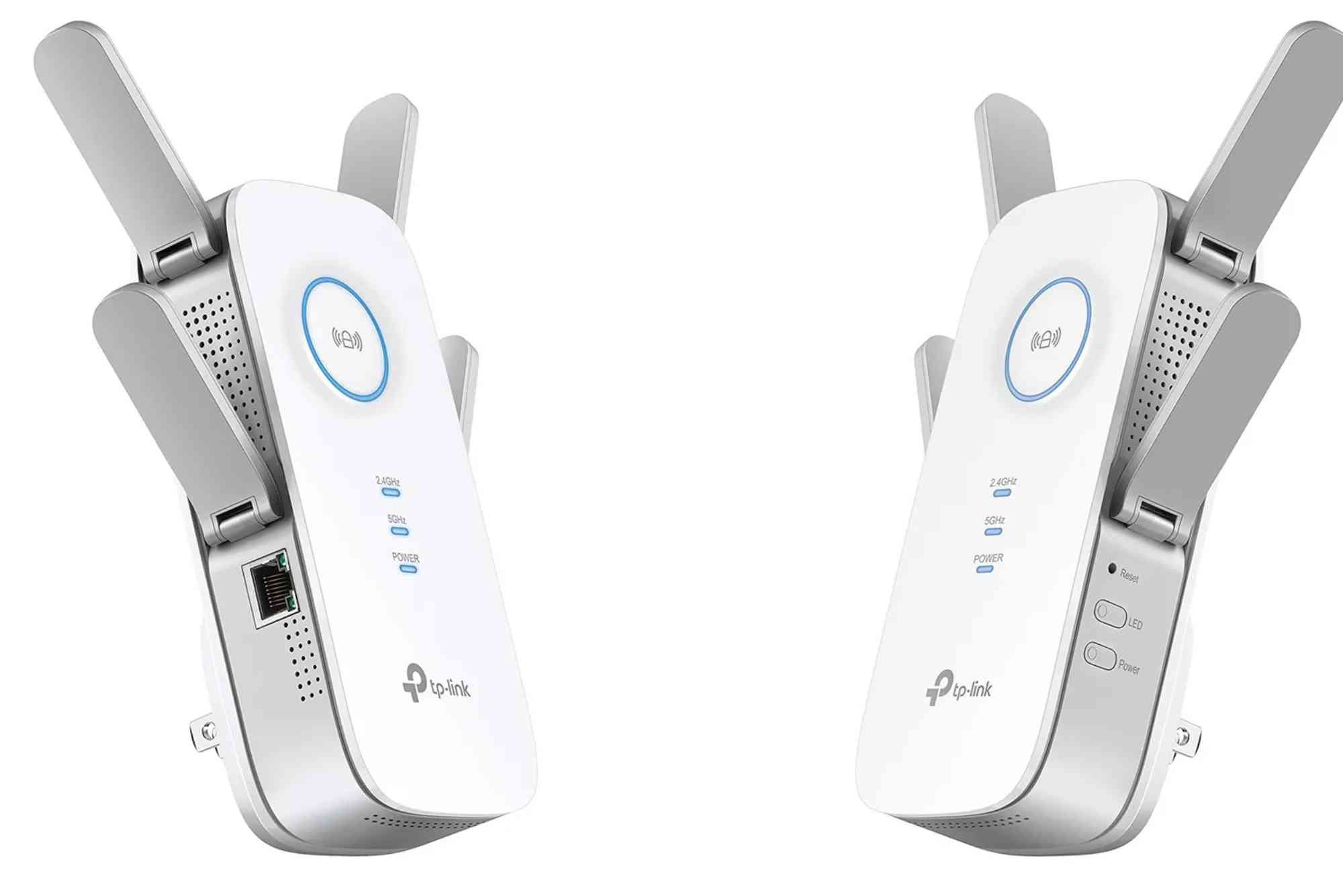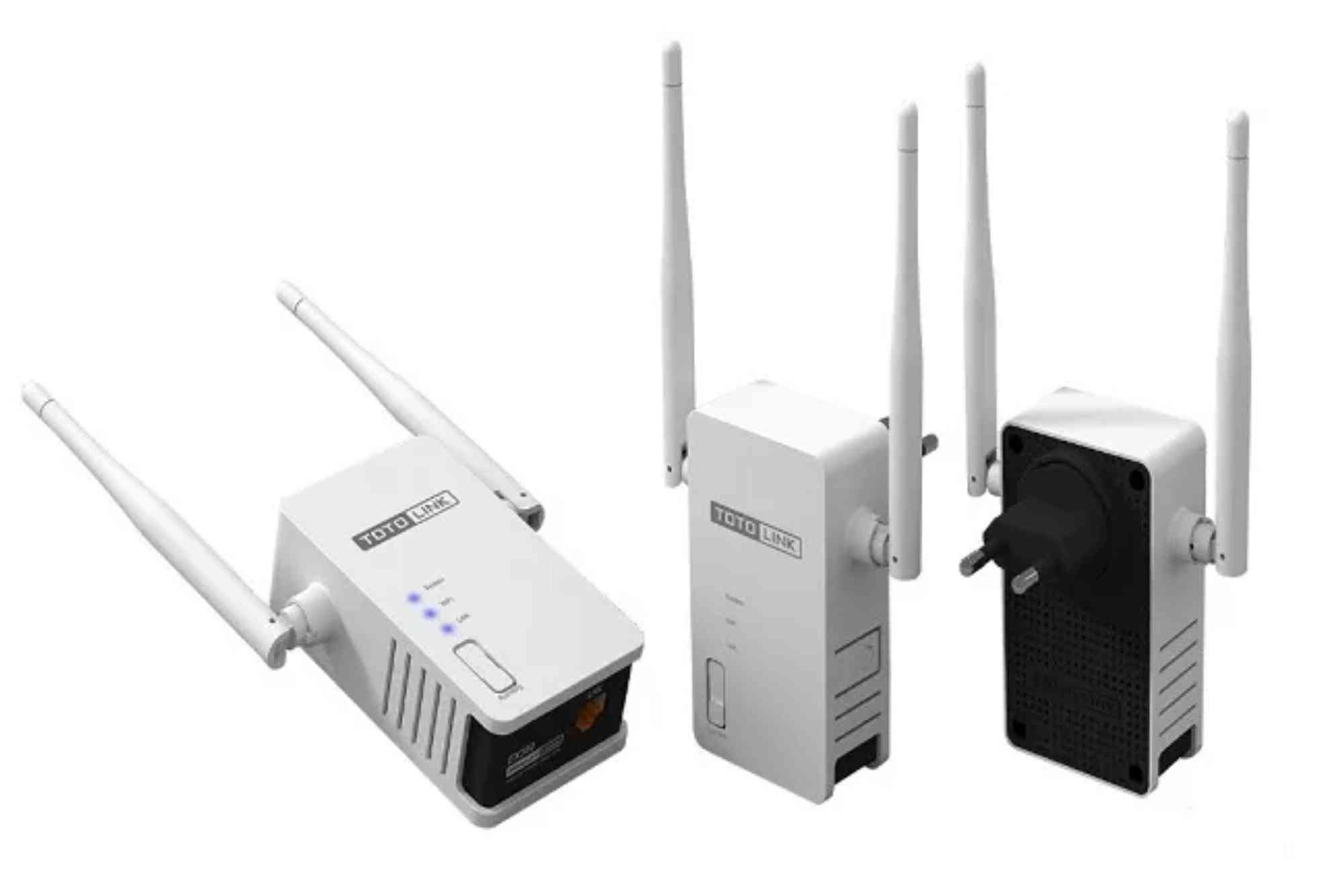Wi-Fi Range Extender vs Booster: What’s the Difference?
In today’s connected world, a strong and reliable Wi-Fi signal is no longer a luxury; it’s a necessity. Whether you’re streaming videos, attending virtual meetings, or gaming online, weak Wi-Fi signals can be frustrating. Many homeowners encounter dead zones or weak signal areas and turn to devices like Wi-Fi range extenders and boosters. However, understanding the difference between a Wi-Fi range extender vs booster is crucial before making a purchase. These terms are often used interchangeably, but they function differently and offer distinct benefits. Choosing the right solution can significantly enhance your home network performance.
Understanding Wi-Fi Range Extenders
Wi-Fi range extenders, also known as repeaters, are devices designed to expand the coverage area of your existing wireless network. They work by receiving your current Wi-Fi signal, amplifying it, and transmitting it to areas where the signal is weak or nonexistent.
How Range Extenders Work
Range extenders connect to your router wirelessly or via an Ethernet cable. When placed strategically in your home, usually halfway between your router and dead zone, they capture the existing Wi-Fi signal and rebroadcast it. This process effectively creates a secondary network with the same or a similar SSID (network name). Although this helps cover previously unreachable areas, the signal speed may decrease due to the nature of retransmission.
Benefits of Wi-Fi Range Extenders
Range extenders are ideal for covering large homes or spaces with multiple floors. They allow you to maintain connectivity in far-reaching areas, such as basements, garages, or outdoor patios. These devices are usually easy to install, often requiring minimal technical knowledge. Some advanced extenders offer dual-band functionality, which can minimize speed loss and reduce network congestion.
Limitations of Range Extenders
While range extenders enhance coverage, they can reduce network speed due to signal rebroadcasting. Since the device communicates with both the router and connected devices simultaneously, throughput may be halved in some cases. Additionally, the placement of a range extender is critical; if it’s too far from the router, it may receive a weak signal, rendering it ineffective. Compatibility with older routers can also impact performance.
Exploring Wi-Fi Boosters
Wi-Fi boosters, often called Wi-Fi amplifiers, are devices that strengthen your existing signal without creating a new network. Unlike range extenders, boosters focus on enhancing the signal strength of your current network, allowing devices to maintain better speeds and connectivity within the original coverage area.
How Wi-Fi Boosters Work
Boosters capture your Wi-Fi signal and amplify it, increasing its power and reach. They don’t create a new network or SSID; instead, they strengthen the original signal so connected devices experience improved performance. Boosters are particularly useful in environments with minor interference or obstacles, where the Wi-Fi signal may be slightly weak but not entirely absent.
Benefits of Wi-Fi Boosters
Boosters are perfect for improving signal quality in specific areas rather than expanding coverage extensively. They maintain network speed better than extenders because they amplify the original signal rather than creating a new one. Installation is generally straightforward, and some models offer smart technology to adjust amplification based on signal strength automatically. For homes with minimal dead zones or minor interference issues, boosters provide an efficient solution.
Limitations of Wi-Fi Boosters
Wi-Fi boosters are less effective in situations where there are complete dead zones or extremely weak signals. They rely on an existing network strong enough to amplify. In very large homes or buildings with thick walls, a booster may not deliver significant improvement unless combined with other network solutions.
Key Differences Between Wi-Fi Range Extender and Booster
Understanding the distinctions between these devices can help you choose the right solution for your home network.
Network Creation
A Wi-Fi range extender creates a new network, often with a slightly different SSID, while a booster strengthens the existing network without creating a separate one.
Signal Speed and Performance
Range extenders may reduce network speed due to rebroadcasting, while boosters generally maintain or slightly improve speed by amplifying the original signal.
Coverage Area
Extenders are ideal for broad coverage in large homes or areas with dead zones. Boosters work best for enhancing signal quality in specific weak spots within the existing network.
Installation and Placement
Extenders require careful placement between the router and dead zone for optimal performance. Boosters are more flexible and can be placed where the signal is already reasonably strong for amplification.
Use Cases
Use a range extender when you need to expand Wi-Fi to multiple rooms or floors. A booster is suitable when the signal in a single area is weak but the overall coverage is sufficient.
Factors to Consider Before Choosing
Before deciding between a Wi-Fi range extender vs booster, it’s important to evaluate your home network and specific needs.
Home Layout
Large homes with multiple floors may benefit more from extenders, whereas smaller spaces with minor weak spots can use boosters effectively.
Device Usage
High-bandwidth activities like 4K streaming, online gaming, or video conferencing require stable speeds. Boosters may maintain performance better, but extenders can increase coverage for multiple devices in different rooms.
Router Compatibility
Check if your existing router supports the chosen device. Some extenders may be incompatible with older models, and boosters work best with routers offering sufficient baseline signal strength.
Frequency Bands
Dual-band extenders and boosters offer better performance, especially in environments with multiple devices or network congestion. Consider devices supporting both 2.4 GHz and 5 GHz bands.
Budget Considerations
Boosters are generally more affordable and simpler to install. Extenders, particularly dual-band or mesh-compatible models, may cost more but offer wider coverage.
Tips for Optimal Wi-Fi Performance
Even with a range extender or booster, proper setup and maintenance are key to achieving the best results.
Strategic Placement
Place extenders halfway between your router and dead zones. For boosters, select areas with a reasonably strong signal to maximize amplification.
Minimize Interference
Keep devices away from thick walls, microwaves, and other electronics that can interfere with the Wi-Fi signal.
Update Firmware
Ensure your router, extender, or booster firmware is up to date. Manufacturers frequently release updates to improve performance and security.
Use Quality Hardware
Invest in reputable brands offering reliable performance and support. Cheap devices may not deliver promised speeds or coverage.
Consider Mesh Networks
For larger homes or complex layouts, a mesh network can provide better coverage than individual extenders or boosters by creating a unified network across multiple nodes.
Wi-Fi Range Extender vs Booster: Which One Should You Choose?
The choice between a Wi-Fi range extender vs booster depends on your unique needs. If you face large dead zones and want to cover multiple rooms, a range extender is likely the better choice. On the other hand, if your network generally works well but certain areas have weak signals, a booster is more efficient and cost-effective. For homes with both issues, combining solutions or considering a mesh network may provide the best overall experience.
Understanding the difference between a Wi-Fi range extender vs booster is essential for enhancing your home network. Extenders expand Dhanote Internet Services coverage and create new networks, while boosters strengthen existing signals without affecting speed. Evaluate your home layout, device usage, and network requirements to choose the right solution. Investing in the right device ensures smoother streaming, faster downloads, and reliable connectivity in every corner of your home. Don’t let weak Wi-Fi slow you down—optimize your network today.
Upgrade your Wi-Fi setup now by choosing the right device for your home, and enjoy seamless internet connectivity in every room.
FAQs
What is the main difference between a Wi-Fi range extender and a booster?
A range extender creates a new network to cover dead zones, while a booster strengthens your existing network signal without creating a new SSID.
Do boosters increase Wi-Fi speed?
Boosters maintain or slightly improve speed by amplifying the original signal, but they don’t create additional networks.
Can I use a range extender and booster together?
Yes, combining both can provide expanded coverage and stronger signal quality, especially in large homes.
Where should I place my Wi-Fi extender or booster?
Place extenders midway between the router and dead zones. Boosters should be in areas with reasonably strong signals for effective amplification.
Will a Wi-Fi extender work with any router?
Most extenders are compatible with modern routers, but older routers may have limitations, so checking compatibility is important.








